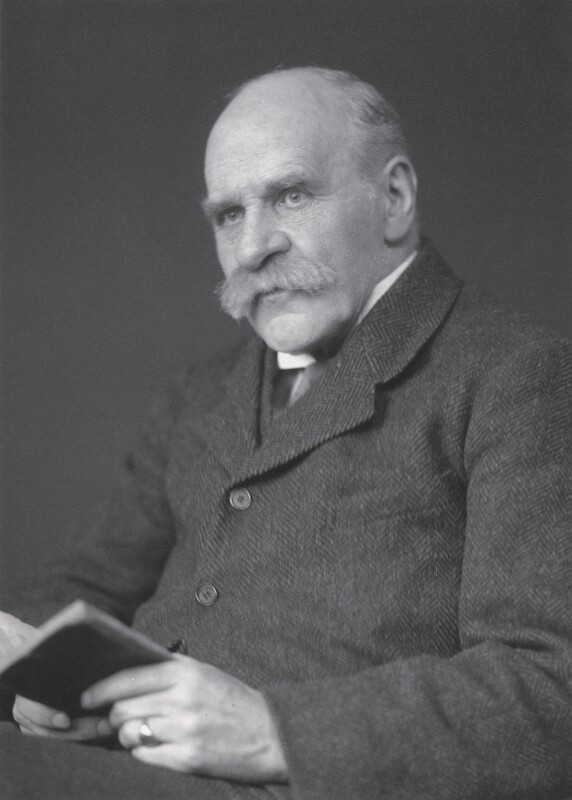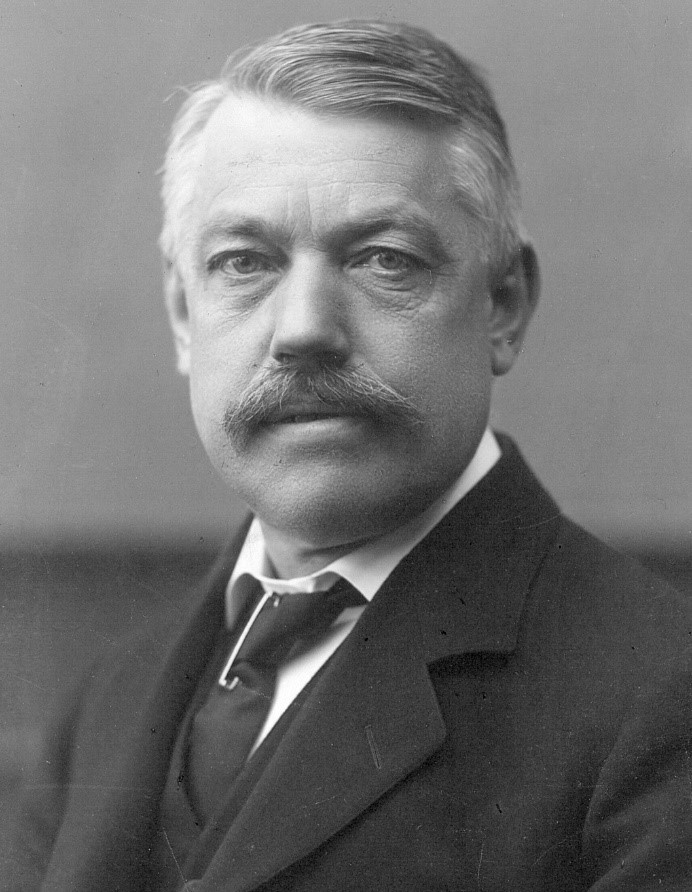History
Henry`s law
Henry's law states that at constant temperature, the mass of gas dissolved in a liquid at equilibrium is
proportional to the partial pressure of the gas above the liquid. $$[gas]_{diluted}=P_{gas}×s$$ We are all
familiar with carbonated water, we know the taste of it and the way it looks with those elevating bubbles when
the bottle is opened or when the water is poured into the glass. But not all of us are aware, that when we are
looking at the bubbles, we see the Henry's law with our own eyes, just like Newton saw gravity in the falling
apple.
Why we see those bubbles in an opened bottle of sparkling water, or when poured into a glass? Bubbles are CO2 in
gas stage, coming out of the water; because the gas can go away freely from the surface of the water, the
partial pressure of CO2 above the water is quite low. Here is where the Henry's law steps in; as it states, the
amount of gas, dissolved in water is proportional to the partial pressure above the fluid – and if partial
pressure is very low (close to zero), the gas, dissolved in the fluid will eventually escape into the air. When
the bottle is closed, the pressure above the fluid eventually builds up to the point, when partial pressure is
too high for more CO2 to exit the fluid state.

William Henry
William Henry, born on 12th of December 1774 in Manchester was one of the pioneers of modern chemistry and
especially ground-breaking scientist in the field of gas chemistry and physics.
In 1795 he went to study medicine in Edinburgh, where he was provided the most modern medical education in
Britain of the 18th century. After study, he did not practice medicine for a long time because of his physical
shape – instead, he devoted his time to scientific research.
In 1803, William Henry reported his experiments on the absorption of gases by water at different temperatures
and pressures. He showed that at higher temperatures less gas was absorbed. When he experimented at different
pressures, he discovered the law that now bears his name. He showed for example that if the gas was compressed
to twice the normal atmospheric pressure, twice as much was dissolved. It was his business interests in making
soda water that has almost certainly led to his studies on the absorption of gases by liquids.
William Henry did not entirely restrict himself to the chemistry of gases after all. He undertook analysis of
various sources of salt. The extent of his knowledge of general chemistry was shown by his textbook of
chemistry, which became a standard literature for students. As a medical man, he was particularly interested in
diseases of the urinary tract. In connection with this he studied uric acid, analysed bladder stones, and wrote
an essay on diabetes.
Haldane effect
Haldane effect states that oxygenation of blood causes higher disociation of carbon dioxide from haemoglobin and vice versa.

John Scott Haldane
John Scott Haldane born on May 3rd 1860 in Edinburgh, was one of the pioneers in field of respiratory physiology. After receiving his medicine degree from Edinburgh University in 1884 he became interested in consumption of air and its effect on human body physiology. In these days, we are well aware of mechanisms, regulating the respiration rate; beside knowing the fact, that carbon dioxide is the primary driver for up- or down-regulation of respiration and its major role in regulating the H+ ions, there are very few who know the exact guy behind this discovery – Haldane himself. He is most famous for his Haldane effect, describing how deoxygenated haemoglobin is much more capable of carrying bigger amounts of CO2. Dealing with decompression sickness, pulmonary toxicity due to long-term oxygen therapy, concept of ventilation-perfusion mismatch and use of oxygen in medicine in general, are the subjects he worked on, making him known also as a ‘Father of Oxygen Therapy’.
Bohr effect
The Bohr effect describes haemoglobin’s variability in affinity for oxygen secondary to change in the partial pressure of carbon dioxide and blood pH (higher the PCO2, lower the pH). The change in H+ affects the proteins of haemoglobin, which is visible in different capacity or oxygen affinity, if you want, at different partial pressure of oxygen. At higher PCO2 and therefore lower pH, the haemoglobin curve shifts right. At lower PCO2 and therefore higher pH, the haemoglobin curve shifts left. Lower affinity at high CO2 partial pressure and lower pH enhances the unloading of oxygen into tissues to meet the oxygen demand of the tissue.

Christian Bohr
Christian Bohr (1855–1911) was born in Copenhagen and initially studied medicine, obtaining his medical degree from the University of Copenhagen in 1880, to which he also added PhD. Bohr was subsequently appointed professor of physiology at the University of Copenhagen in 1886, where he spent the rest of his life. He lived in a time when there were physiologists who believed that the lung actively secreted oxygen across the blood-gas barrier, and others who thought that gas exchange was done purely by diffusion. Bohr was one of those who stated that lungs act actively and work like gland in transport of oxygen. He reached this conclusion based on experiments apparently showing that the arterial Po2 exceeded the alveolar value, but the measurements were erroneous. It is interesting how wrong he was for someone so important in the field of respiratory physiology, but things get even stranger when you acknowledge that J. S. Haldane also shared his point of view. He visited Bohr in Copenhagen and was impressed by what he saw as evidence for gas secretion. However, August Krogh (1874–1949), who was a student of Bohr, eventually showed that oxygen secretion did not occur, although Haldane continued to believe in this until his death in 1936. Bohr made other important observations, for example, in 1903, he was apparently the first person to show that the oxygen dissociation curve of blood was sigmoidal shaped (S-shaped) and did not have a hyperbolic shape as stated before. His name is well known in respiratory physiology because of his important contributions to three very different areas. One of them is the dead space, now often called the physiological dead space. The second is the Bohr effect, which refers to the influence of carbon dioxide on the oxygen affinity of haemoglobin. Finally, there is the Bohr integration, which is the method for calculating the increase in partial pressure of oxygen (PO2) along the pulmonary capillary as the lung loads oxygen. Despite Bohr’s important contributions to respiratory physiology, some biographers have argued that Bohr’s greatest contribution to science was siring his son, Niels Bohr (1885–1962). Niels was a famous physicist who worked on the structure of the atom and proposed the model in which electrons rotate around the nucleus. This had an enormous influence on atomic theory, and Niels received a Nobel Prize in physics in 1922 for his discovery. It is remarkable that Neils Bohr’s son Aage was also a Nobel Laureate for his work in nuclear physics.
